Contributed by Barbara Bruno
Contributed by Barbara Wallach
Contributed by Barbara Bruno
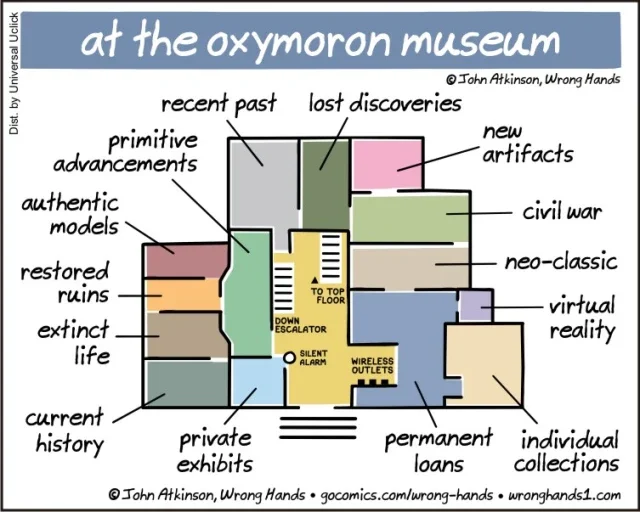

Contributed by Barbara Bruno

Contributed by Barbara Wallach


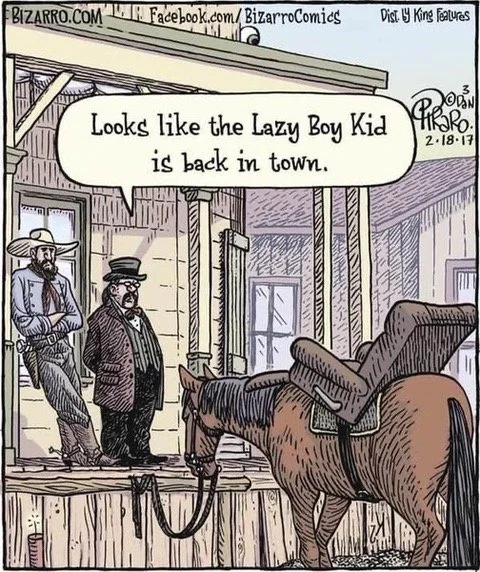
Contributed by Barbara Bruno

Art and photo by Sheila Benedis

Ms. Poole was delighted to have a bee student in her class

The retirement home re-do looked great--except for the lack of signage

Kicky loved the vet-formula seaweed gummy treat

For a Monday, Mendelson spent a lot of time on his hair gel

The regulars on the 7/15 Chocolate Chip were a step ahead of the Market
Art and photos by Jane Hart
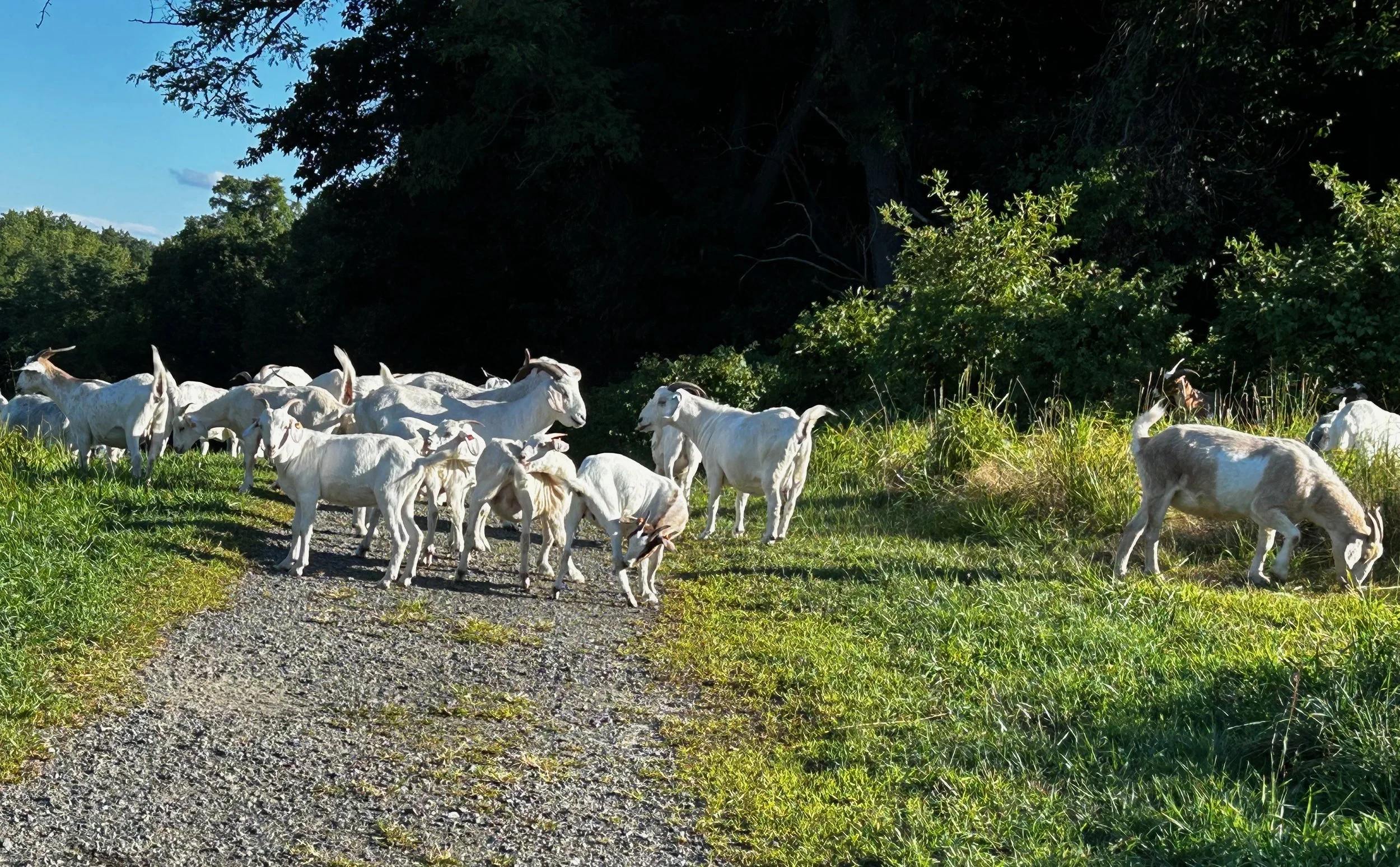

We interrupt our regular programming of goats and such to concentrate on the most stupendous, amazing, fantastic (fill in the blank) feat of the week: the pouring of the Refresh concrete, including a quick video (under 20 seconds) of the pouring of the Community Room floor.
Videos contributed by Beverly Aisenbrey
In the new Community Room: the inside scoop, by Ginny Bender



The outline of the new Terrace Room, by Ginny Bender and Joe Bruno

Photo by Ginny Bender

Photo by Ginny Bender

Photo by Joe Bruno

Photo by Philip Monteleoni
What ‘cha doin’ this fall? Henry Neale has an idea—and it’s more than a walk in the park. How about a walk of the Old Croton Aqueduct trail? All 42 miles of it. From the New Croton Dam in Cortlandt all the way to Bryant Park. No not in one day, but in reasonable lengths on several days during September and October, enjoying the fall weather. Highly doable. Highly enjoyable. Take on all of it—or just some parts.

Wanna go? Remember: You don’t need to do the whole thing. Companions for all or parts thereof are welcome. If you’re interested, get in on the planning now. Contact Henry either by phone (914-522-4609) or email (jhn10583@aol.com).
And now we take a break in all this frivolity for a bit of serious thought from Voltaire, one of the great historic masters of both wit and wisdom.
Think for yourself and let others enjoy the privilege of doing so, too.
Don’t think money does everything or you are going to end up doing everything for money.
No problem can withstand the assault of sustained thinking.
The opportunity for doing mischief is found a hundred times a day, and of good, once in a year.
Those who can make you believe absurdities, can make you commit atrocities.
If you want to know who controls you, look at who you are not allowed to criticize.
The longer we dwell on our misfortunes, the greater is their power to harm us.
Each player must accept the cards life deals him or her: but once they are in hand, he or she alone must decide how to play the cards in order to win the game.
It is dangerous to be right in matters on which the established authorities are wrong.
The mirror is a worthless invention. The only way to truly see yourself is in the reflection of someone else’s eyes.
Contributed by Cathie Campbell


As part of Kendal’s 20th Anniversary celebration, three special videos were created to honor our history, founding vision, and enduring community spirit. To see each, click on the buttons below. (Note: Ads may show up. They are beyond our control. When “skip” appears—usually on the bottom right, click on that. The ads are annoying, but don’t last long.)
A heartfelt conversation with our first CEO, Pat Doyle, and nine Founding Residents who helped shape Kendal from the get-go.
A look back at the planning, approval, and design of our community.
Reflections on the actual construction and opening of Kendal in May 2005.

As you might imagine, the Austro-Turkish Wars took place between what are now Austria and Turkey. This being between the 16th and 18th centuries, however, the official belligerents were the Hapsburg monarchy and the Ottoman Empire. Perhaps the most (in)famous skirmish of that conflict didn’t involve both sides, though.
What’s been called “history’s worst friendly fire incident” was officially known as the Battle of Karánsebes and took place in present-day Romania on the night of September 21, 1788. As the Austrian army consisted not only of Austrians but also of soldiers from modern-day Germany, Czech Republic, Poland, Serbia, and Croatia, communication wasn’t always smooth—especially when alcohol was involved.
Such was the case on this fateful night, during which different groups of Austrian soldiers were on opposite sides of the Timiş River. When fistfights and eventually gunfire broke out on one side of the river over a drunken dispute, troops in Karánsebes proper believed their foes had arrived and began shouting, “Turks! Turks!” The inebriated soldiers then ran toward their comrades to assist them but were mistaken for Turks, leading to further miscommunication and friendly fire. When the Turks did arrive two days later, they took Karánsebes with little resistance.
Source: historyfacts.com
Contributed by Jane Hart

Contributed by Barbara Wallach

Contributed by Barbara Bruno



Contributed by Barbara Bruno

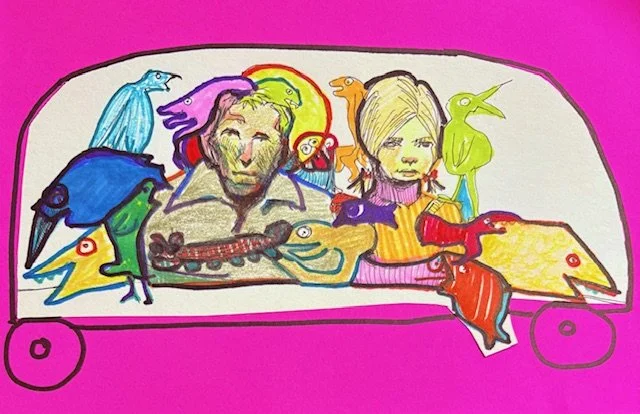
90 hours in the tour bus gave the back-up singers time to audition new riff

Young Sally was enjoying her salad days

Angelina’s rain hat felt tight
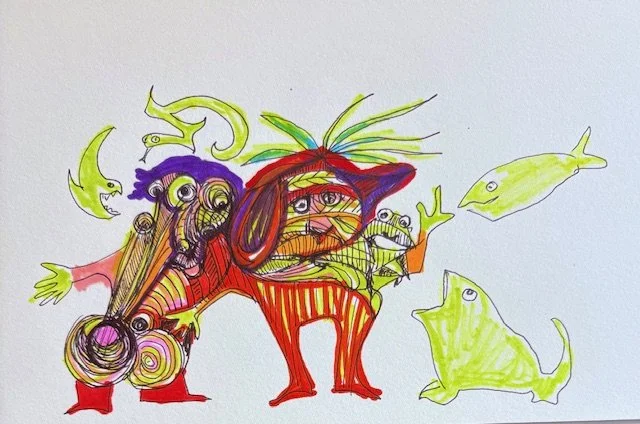
Fitch’s astrologer said we’re in the age of Aquariums

Vinnie disliked poultry squawking behind her back
Art and photos by Jane Hart

Art and photo by Sheila Benedis
Led by Donna Nye, accompanied by Bill Rakower, a new Kendal tradition took the Gathering Room stage on August 20: The Roots and Rhythm singers offered Kendalites their first folk-song sing-along. May there by many more to come.
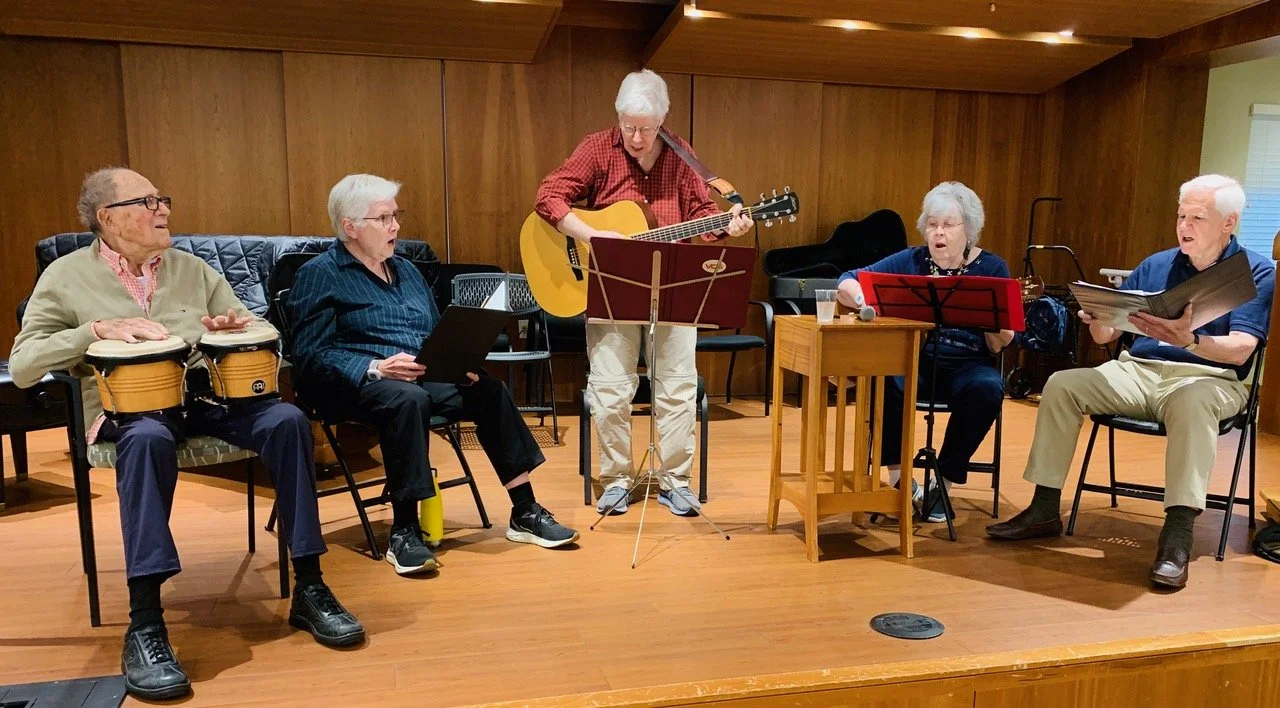
Photo by Harry Bloomfeld

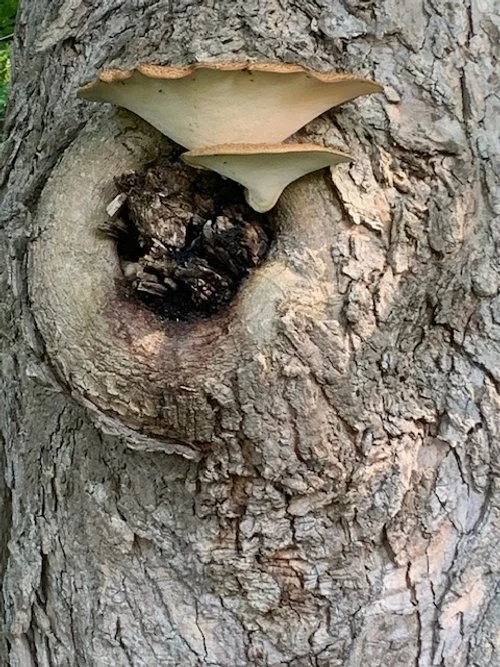
Photos by Rich Dooley
As the summer draws to a close, photographers continued to send photos of our favorite denizens of the fields next door and by our door: goats and the (really, only one?) bunny.

The bunny leaves Alida for Fulton, by Lynn Brady
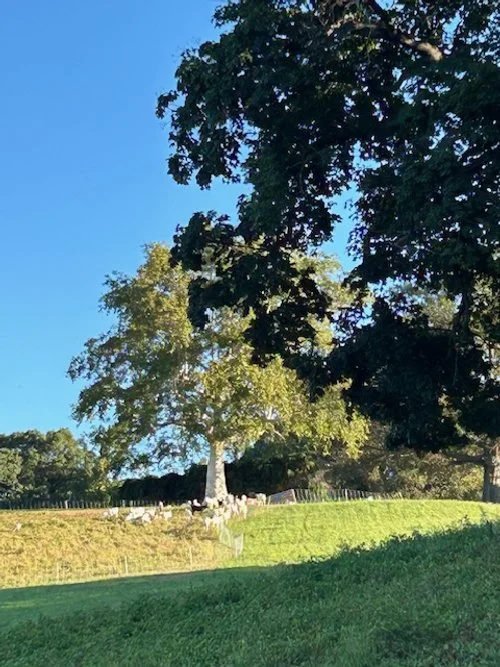
Goats seeking breakfast, lunch, and dinner by ye olde Rockwood sycamore, by Carolyn Reiss
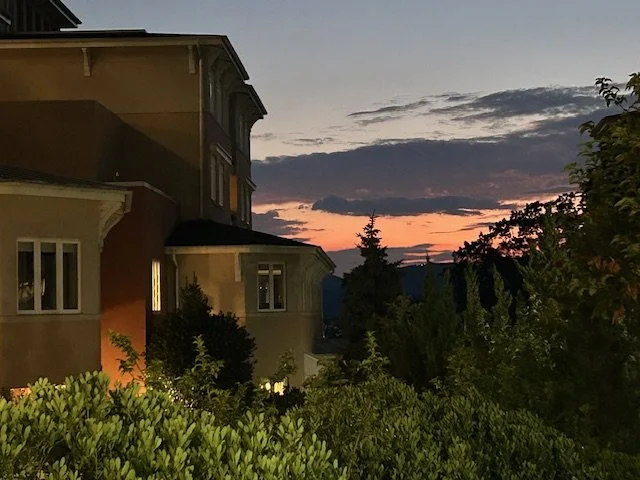
Photo by Carolyn Reiss
Recently, a hardy band of Kendalites journeyed to South Salem to find out more about The Wolf Conservation Center. The Center’s mission is to advance the survival of wolves by inspiring a global community through education, advocacy, research, and recovery. According to their website, they are driven by our values of respect, community, and passion:
respect for wolves, their complex ecological role, the landscapes they shape, the people who care about them, and the people who live among them.
Community inspired by the pack. “We bring people together, we nurture, we educate, we aid, we protect, we organize, and we defend. We are always stronger together.”
passion for wolves, for the landscapes we share with them, and for the work of protecting them.
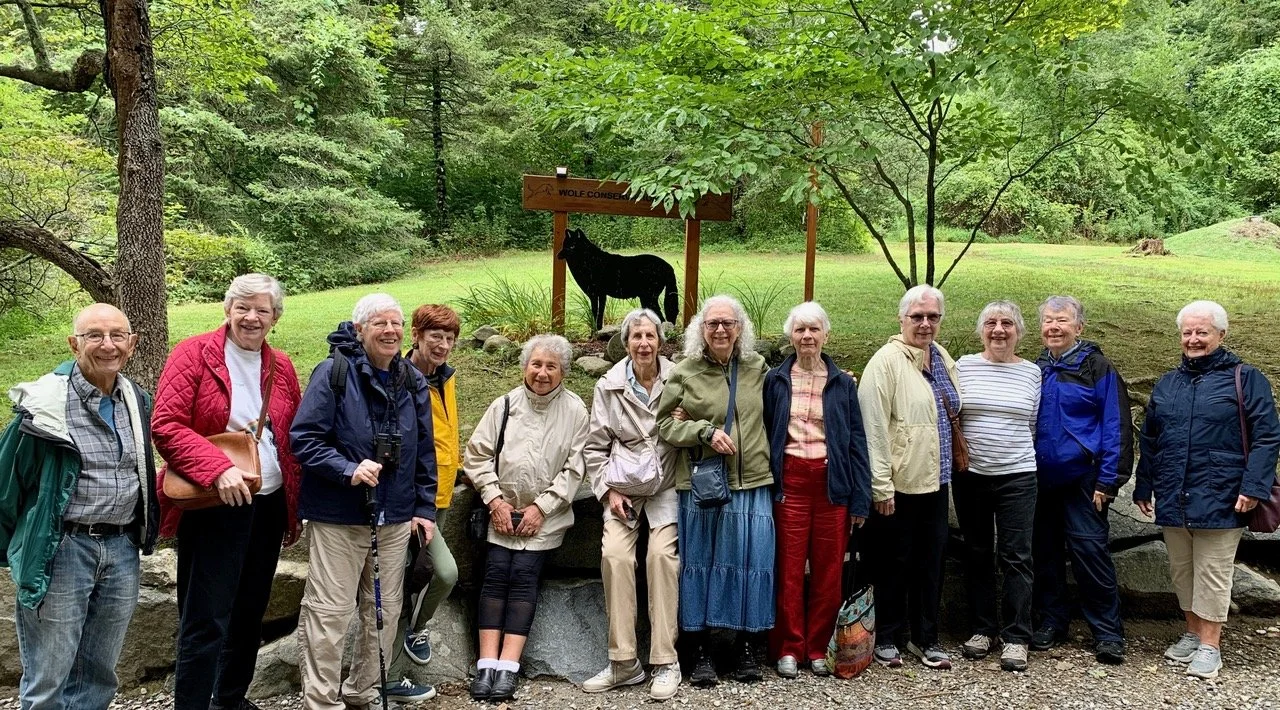
These folks look fairly normal, yes?
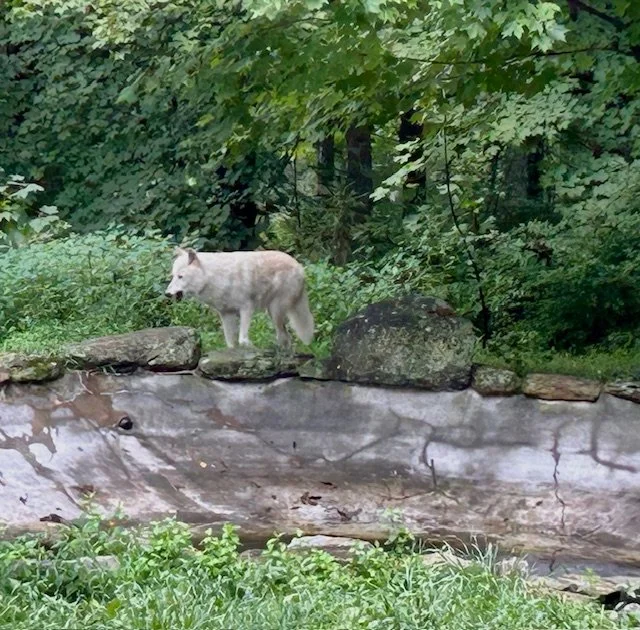
Photo by Carolyn Reiss

Photo by Carolyn Reiss
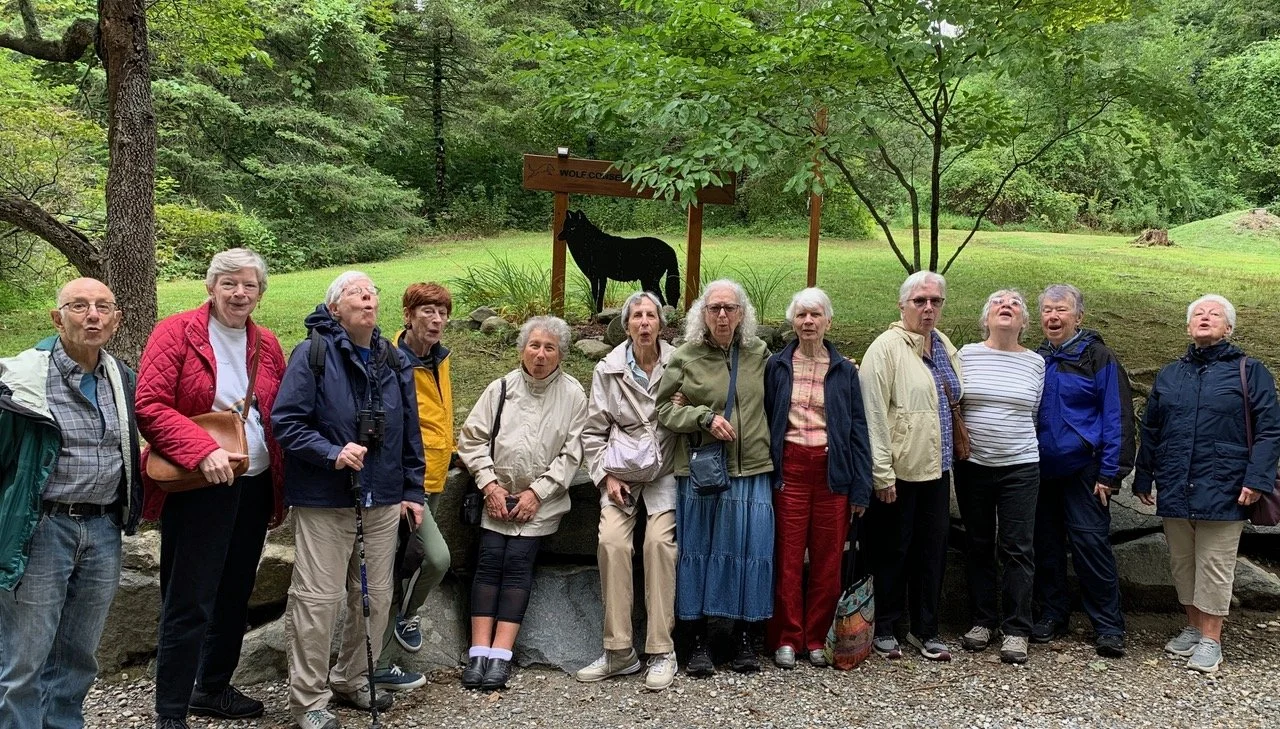
And then they decided to commune with the wolves . . . and howl . . .
Valerie and Tom Wolzien are trippin’ out. Way out. No, not that. They’re off to Australia, Singapore, and other exotic climes for more than a month! Yet Kendal stays on their minds. Tom’s still operating channel 970 . . . from up, up, up—39,000 feet over Europe— inside the plane. Easy peasy.

And they’ve promised pictures along the way. Here’s Singapore, which, like Kendal, is embracing construction.

And denizens of Australia’s Northern Territories—the real outback—where cattle outnumber people more than 1,000 to 1.
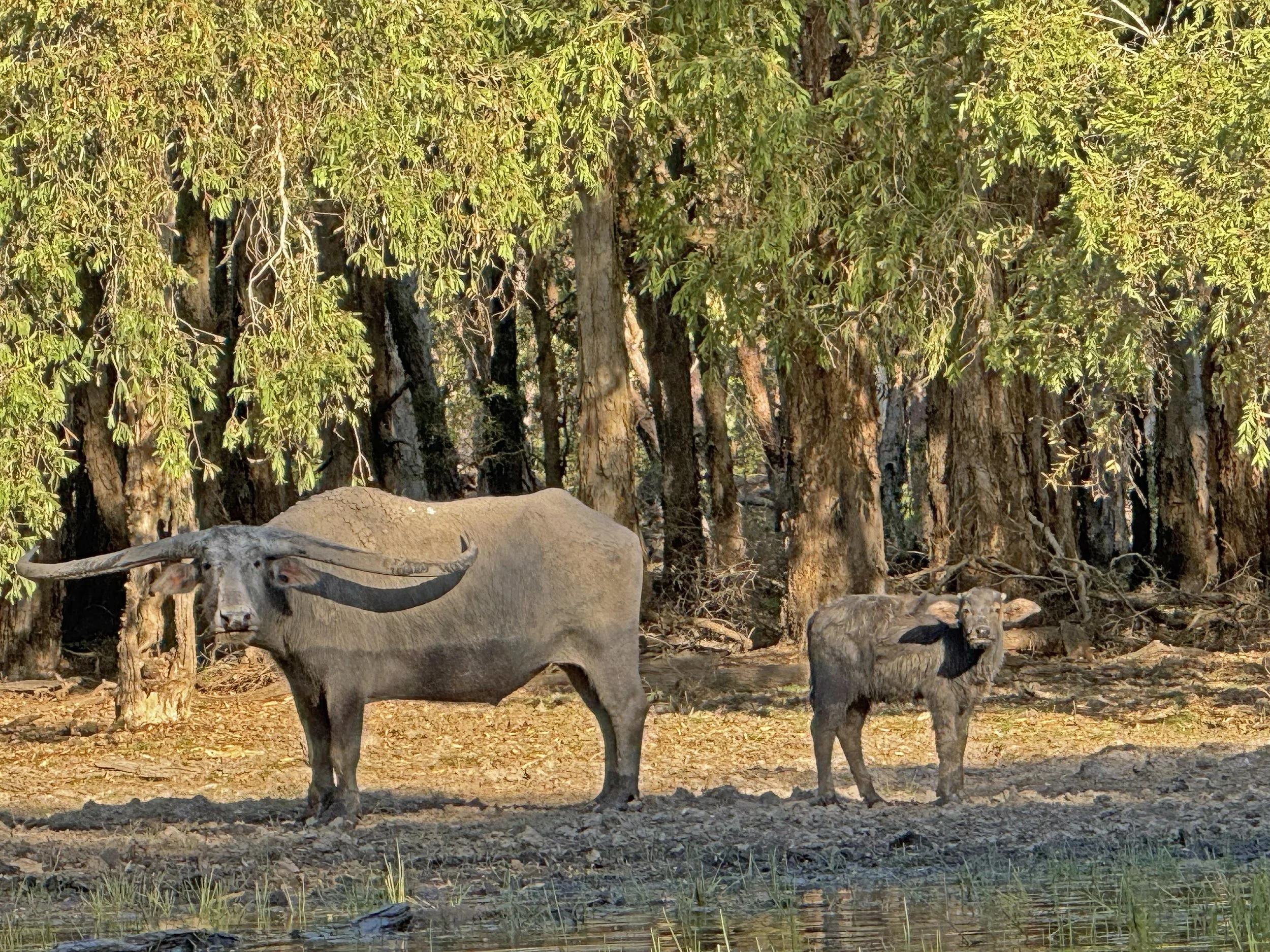
Ellen Ottstadt reports that, if the weather holds, this coming week workers will pour partial concrete in the community room and start framing the wall! She will send out the regular construction bulletin Friday, August 29. Meanwhile, a few pictures on refreshing’s progress—setting up to frame!




The well-coiffed men of the Victorian era wore finely tailored suits, trim waistcoats, and fancy statement hats. These men also, in contrast to their generally prim and proper aesthetic, sometimes had truly impressive beards. The Victorian “beard movement,” which started around 1850, was partially about looking manly and rugged — especially after British soldiers came back from the Crimean War unshaven in 1856. But beards were also, according to some medical professionals at the time, a way to ward off disease.
At the time, many doctors endorsed the miasma theory of disease, which (incorrectly) held that illnesses such as Britain’s common cholera outbreaks were caused by bad air. (To be fair, rampant air pollution was making people sick, just not in ways that scientists understood at the time.) Facial hair, some reasoned, could provide a natural filter against breathing in so-called “miasms.”
“[T]he moustache is emphatically nature’s simple respirator, while the hair covering the jaws and throat is intended to afford warmth and protection,” one doctor wrote in the Edinburgh Medical Journal in 1861. Clergymen and other public speakers were particularly encouraged to have beards to protect their voices.
Beards started losing popularity by the 1880s. Changing standards of masculinity played a role, but the medical justification was also weakening as microbial biology and germ theory took hold. Beards, it turns out, can hold a lot of microbes.
Source: historyfacts.com
Contributed by Jane Hart






Contributed by Barbara Wallach
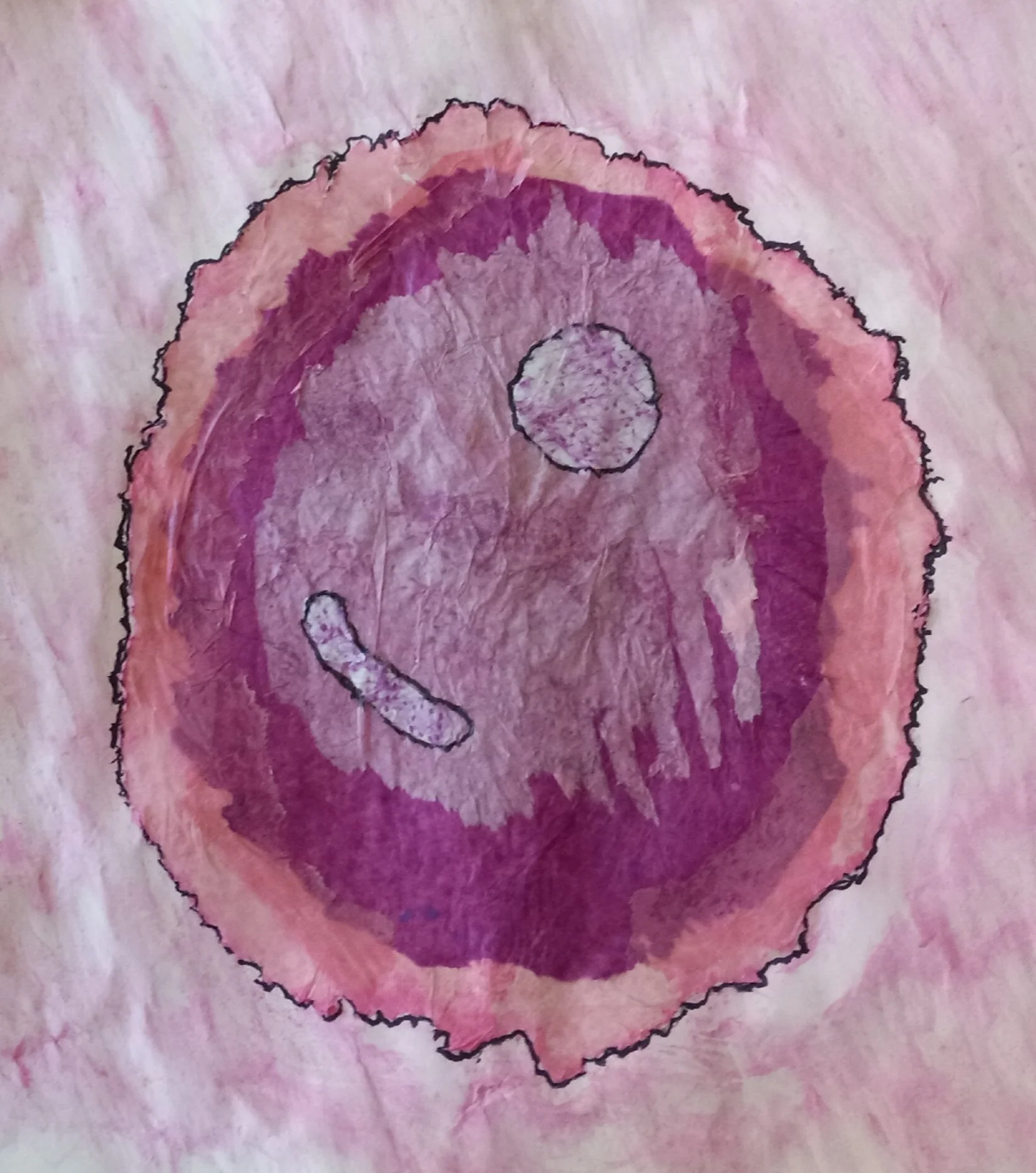
Art and photo by Sheila Benedis

On Tuesdays, Mrs. Lawson did the laundry, the vacuuming, and Tuffy’s tea-stained teeth

Some days the Shmink twins wished their mother looked normal

Keith introduced a number of species
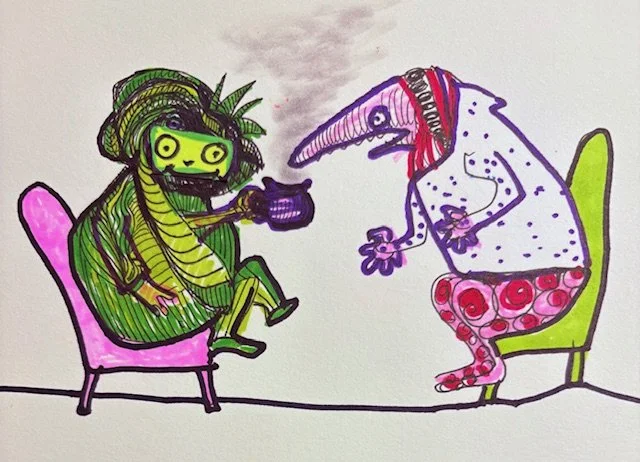
Myrna’s broccoli chocolate tea was a sensation

The wild animals wouldn’t eat Aunt Lulu’s spinach balls either
Art and photos by Jane Hart
© Kendal on Hudson Residents Association 2015, 2016, 2017, 2018, 2019, 2020, 2021, 2022 all rights reserved. Please do not reproduce without permission.
Photographs of life at Kendal on Hudson are by residents.